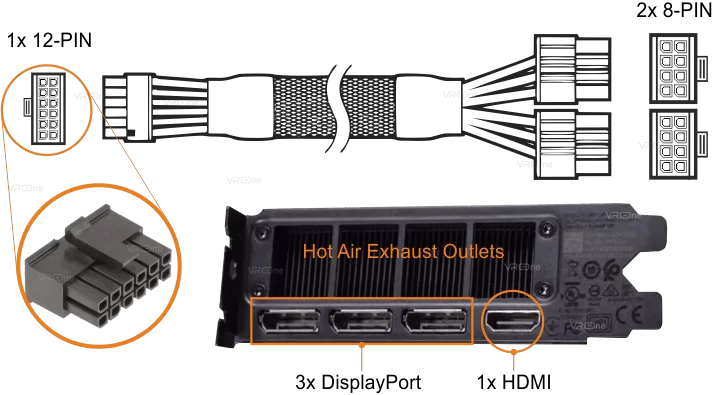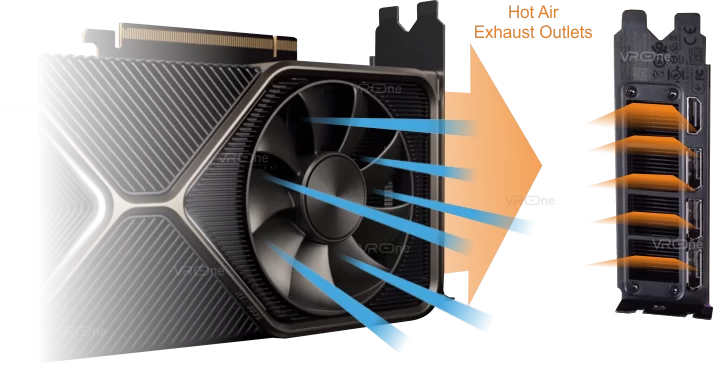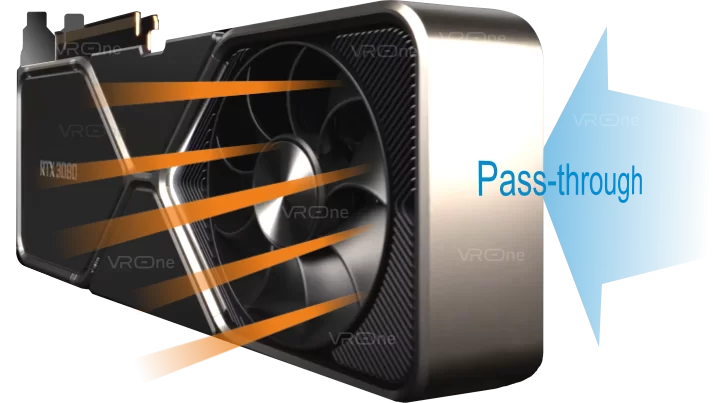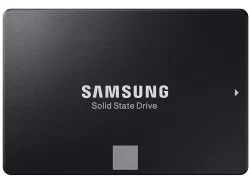

From the new line-up of Nvidia’s Ampere graphics cards, the NVIDIA 3000 series, comes Nvidia’s flagship GPU, the RTX 3080. This graphics card is set to replace the 2080 Ti, a GPU that earned a reputation for being the ultimate gaming card, firmly holding pole position for 2 years. Performance wise, the 3080 is hyped to be double the speed of the RTX 2080 and is said to set new benchmarks in gaming. The Nvidia RTX 3080 utilises 10 GB of the world’s fastest GDDR6X memory, capable of running at speeds of up to 19 Gbps. With an impressive 8,704 CUDA Cores, this makes it the perfect GPU for providing a consistent 60 FPS at 4K resolution in the latest AAA games.

A recent reputable industry source reported that the RTX 3080 and 3090 will be in limited supply, as stock supplies are extremely low, so it's highly likely that many will have to wait till the end of the year to get one… What? How frustrating right? After all the hype and expectations set by Nvidia, they pull this on us! ... If the rumours are true that is!
Okay, so what’s the crack with stock? Allegedly it has something to do with the demand and production of Samsung’s 8nm processors, held back by Nvidia. The source then went on to say that Nvidia wanted to wait to see what AMD does with RDNA 2... Hmmm! Personally I find that very hard to believe - surely Nvidia knows what they’re doing? I mean, they're certainly not going to redesign the GPUs based on what AMD are offering, it doesn’t make any sense! And why, during the recent unveiling of Nvidia's 3000 Series, did Jensen Huang make it perfectly clear “The time to upgrade is now!” ...Yes, ‘now’ being the keyword here. How are we expected to upgrade, if we can’t even get hold of one?
If the rumours are true - shame on you Nvidia. I mean - come on Nvidia! You should know the importance of customer expectations and given that you had first shout, ahead of AMD, you should’ve known or at least anticipated what the expected launch sales were likely to be and produced enough stock to accommodate for it.
The RTX 3080 - described by Nvidia’s CEO, Jensen Huang as Nvidia’s ‘Flagship GPU’. The 3080 is essentially the next 2080 Ti, well, certainly as far as high-end gaming GPUs are concerned. The card measures 11.2” (285 mm) in length x 4.4” (112 mm), taking up 2 Slots. The card is powered by a new 12-pin power connector, but does come boxed with the necessary 2x 8-pin to 12-pin adapter cable. The RTX 3080 has a maximum power draw rating of 320 W. The GPU is future-proofed, utilising PCI-Express 4.0 x16. Its display outputs include 3x DisplayPorts and 1x HDMI 2.1. Sadly there’s no option for cross-bridging as the 3080 does not support SLI.
Just like the 3090, the RTX 3080 has some pretty impressive cooling. The Ampere cooling architecture is the first ever GPU that utilises flow-through design, working in perfect unison with common PC chassis cooling systems. There are two parts to the cooling system. The first part is the fan located at the front, which works by drawing in cool air from the outside, through the GPU and pushing the hot air straight out the chassis. There’s plenty of room for good airflow (as with the entire 3000 series) as it has a super dense PCB (printed circuit board) design, in fact it’s 50% smaller than the previous generation, allowing more room for air to pass through.

The pull-through fan is on the opposite end of the GPU. This sucks in cool air through the fins and over the heat pipes, forcing the hot air to the top and back of the chassis to be extracted by the computer system fans.

The RTX 3080 flowthrough system is 3 times quieter and keeps the GPU 20 degrees cooler than the Turing design, cooling 90 Watts more than Nvidia’s 1st gen Turing.
The RTX 3080 is said to offer double the performance and processing power of the RTX 2080, however, no one really knows for sure how well the 3080 will perform and this will only be fully confirmed when the benchmarks come out. The 3080 boasts 30 Shader-T-FLOPS, 58 RT-TFLOPS and has 238 Tensor-TFLOPS. The graphics card also utilises 10GB of GDDR6X, the world's fastest memory. Check out the review on the best graphics cards.
The first gen RTX GPUs use Turing and utilises GDDR6 memory, and until now was the fastest memory, but Nvidia wanted to take it a step further. For Ampere, Nvidia wanted faster memory with better performance. Working with Micron Technology, Inc, Nvidia designed and created the GDDR6X, the world's first memory with “PAM4” (pulse amplitude modulation) signalling. The memory architecture consists of 4 voltage levels and encodes 2 levels of data each. Each voltage step is only 250mV. So what does this mean? In the same period of time the new G6X memory can transmit twice the amount of data, compared to G6 memory. It's all down to PAM4s extreme signalling technology.
| Features | RTX 3080 | RTX 2080 Ti |
| Cuda Cores | 8704 | 4352 |
| Boost Clock | 1.71 GHz | 1545 MHz |
| Memory Clock | 19 Gbps GDDR6X | 14 Gbps GDDR6 |
| Memory Bus Width | 320-bit | 352-bit |
| VRAM | 10 GB | 11 GB |
| Texture Rate | 465.1 GTexel/s | 420.2 GTexel/ss |
| FP16 (half) performance | 29.77 TFLOPS(1:1) | 26.90 TFLOPs (2:1) |
| FP32 (float) performance | 29.77 TFLOPS | 13.45 TFLOPs |
| FP64 (double) performance | 930.2 GFLOPS(1:32) | 420.2 GTFLOPS (1:32) |
| TDP | 320W | 250W |
| Suggested PSU | 700W | 600W |
| GPU | GA102 | TU102 |
| NVLink SLI | NO | YES |
| Bus Interface | PCIe 4.0 x16 | PCIe 3.0 x16 |
| HDMI | 2.1 | 2.0b |
| HDCP | 2.3 | 2.2 |
| Length | 11.2" | 10.5" |
| Width | 4.4" | 4.6" |
| Height | 2 Slots | 2 Slots |
| Transistor Count | 28 Million | 18.6 Million |
| Architecture | Ampere | Turing |
| Foundry (Man-Process) | Samsung 8nm | TSMC 12nm "FFN" |
| Launch Date | 17th Sept 2020 | 20th Sept 2018 |
| Launch Price | £699 | £1100 |
| BUY RTX 3080 | BUY RTX 2080 Ti | |
If the RTX 3080 isn’t powerful enough for you, check out the features and specifications of the Nvidia RTX 3090. Too pricey? Take a look at the Nvidia RTX 3070, the GPU is very reasonably priced at just £499, and performance wise is on par with the RTX 2080 Ti.
What are your expectations of Nvidia’s new RTX 3080? Please let us know in the comments box below.




Nvidia RTX 3080 Review